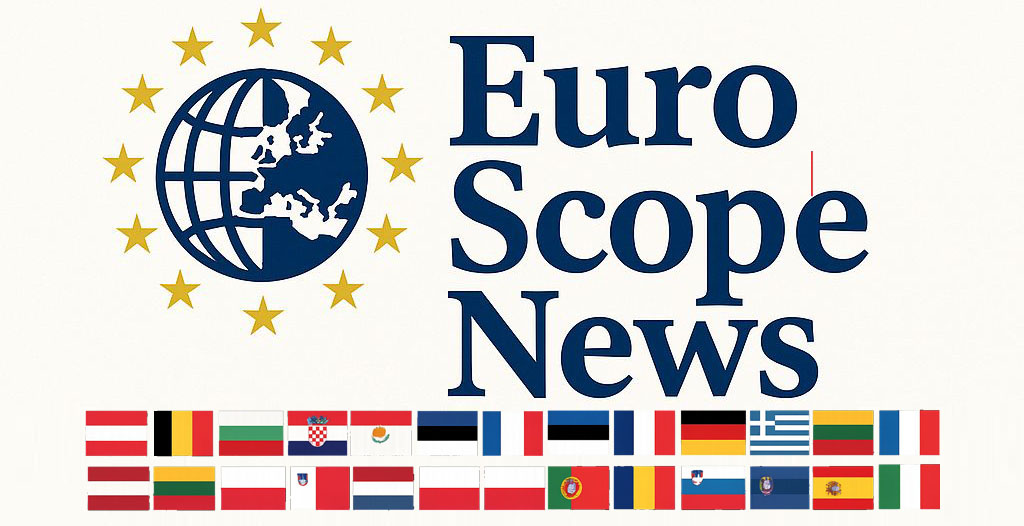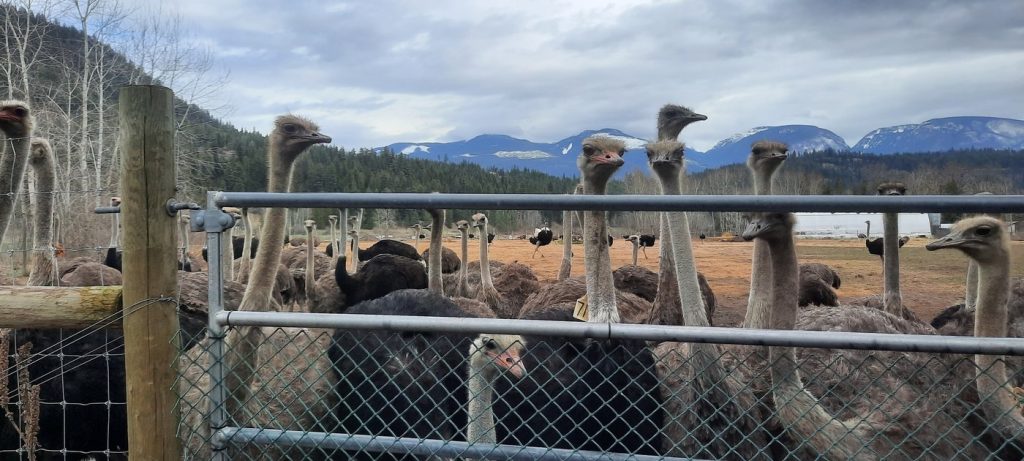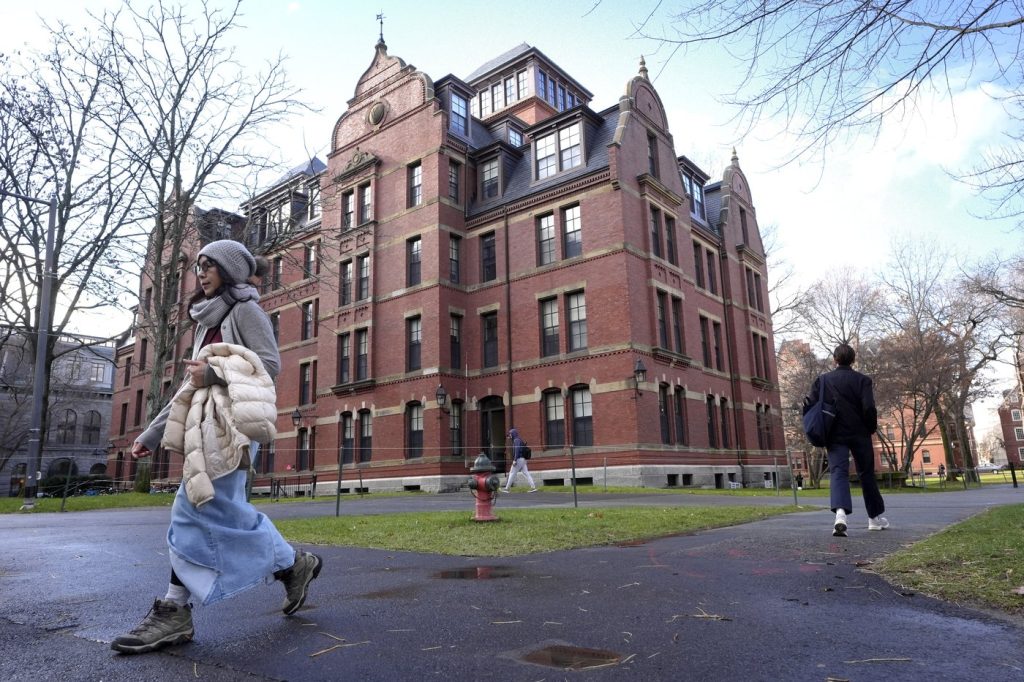TEL AVIV, Israel — Recent research indicates that interactions between modern humans and Neanderthals occurred 100,000 years earlier than previously accepted, according to findings published in the peer-reviewed journal L'Anthropologie. The study, led by Israel Hershkovitz of Tel Aviv University, examined a child's fossilized bones believed to have resulted from interbreeding between the two groups. The child was buried in Skhul Cave, Israel, approximately 140,000 years ago.
The excavation of the child’s remains, which took place in 1931, originally led archaeologists to conclude that the child belonged to a distinct species indigenous to the region, separate from both Homo sapiens and Neanderthals. However, advancements in imaging technology, specifically CT scans and 3D mapping, have allowed researchers to analyze bone structures previously difficult to observe. This detailed analysis revealed the child exhibited traits characteristic of both modern humans and Neanderthals.
The study highlights the significance of evolutionary relationships, as the microscopically examined details of the skull suggested the presence of interbreeding. Researchers compared the child's anatomical traits to known characteristics of both species, concluding that the child had likely resulted from mating between a Neanderthal and a Homo sapiens parent. This finding pushes back the timeline of known interbreeding from around 40,000 years ago in central Europe to approximately 140,000 years ago.
Hershkovitz emphasizes the extensive relationship generated between Neanderthals and modern humans, citing a lack of evidence for hostile encounters during their coexistence. The interbreeding, alongside shared cultural practices such as tool-making and burial rites, challenges previously held notions of human intolerance and hostility towards other hominin groups. Without extracting ancient DNA from the remains, however, definitive proof of hybrid status remains elusive.
Technological advances in scientific visualization were crucial for this study. Researchers created a comprehensive 3D model of the child’s skull, enabling them to assess micro-level details, including vascular imprints corresponding to the brain's blood supply. These distinct patterns indicate variations between the two groups, as their differing brain shapes necessitate unique blood delivery structures. The updated reconstruction presents a more Neanderthal-like elongated skull than prior models developed from plaster molds during the initial excavation.
The cave itself, along with two others in the area, provides some of the world's oldest known intentional burials, tracing back over 100,000 years in the Paleolithic era. Ongoing excavations continue to yield additional remains, suggesting more insights into the interrelationships of ancient peoples may emerge. In this context, Skhul Cave served as an essential meeting point between Neanderthals and modern humans, effectively functioning as a land bridge during ancient times.
Interestingly, many assumptions have been made regarding the demise of Neanderthals, often attributing their decline to violent encounters with Homo sapiens. However, Hershkovitz argues that the findings at Skhul indicate a more harmonious coexistence, suggesting that modern human aggressiveness, which is often portrayed as an intrinsic trait, may rather stem from cultural developments rather than biological imperatives. This research contributes a fresh perspective to our understanding of human evolution and interactions, moving away from the narrative of conflict towards one of shared existence.












